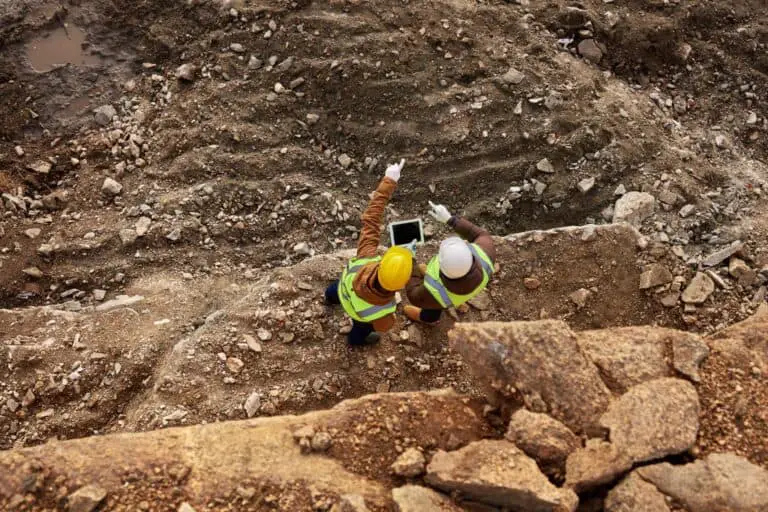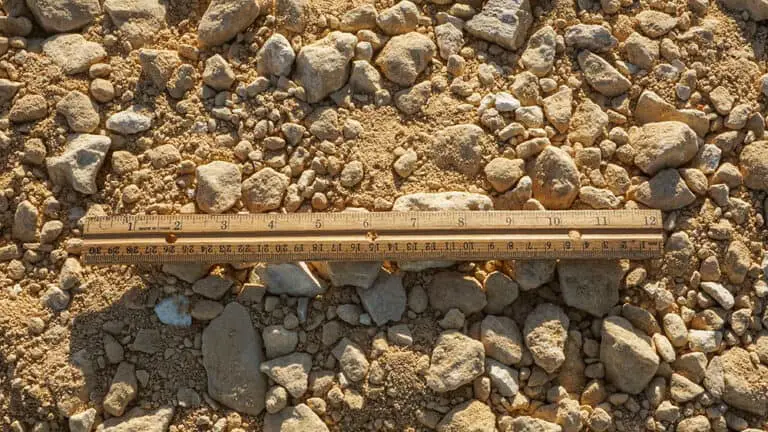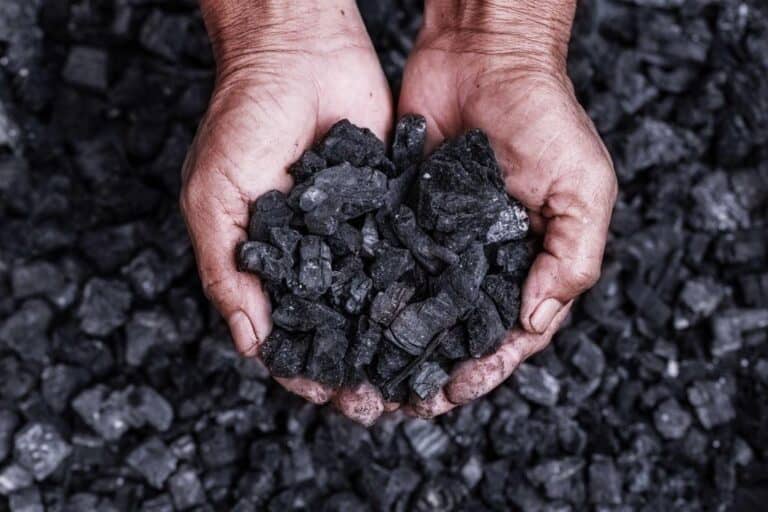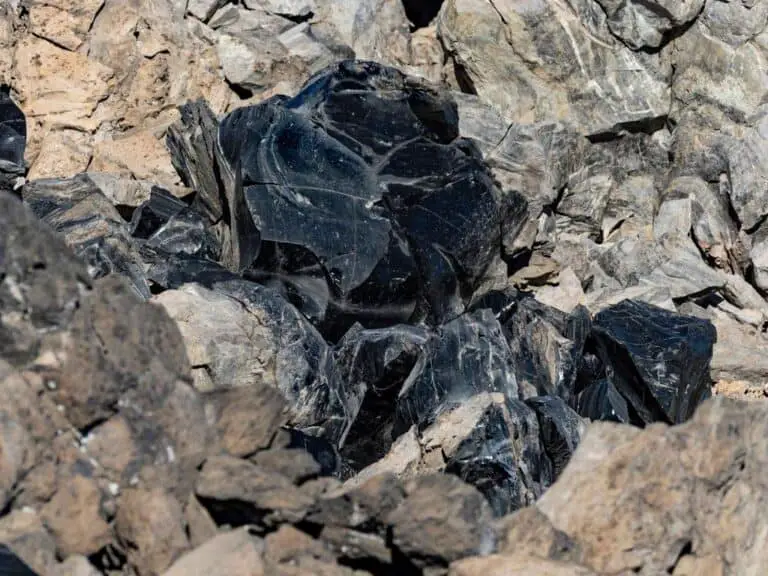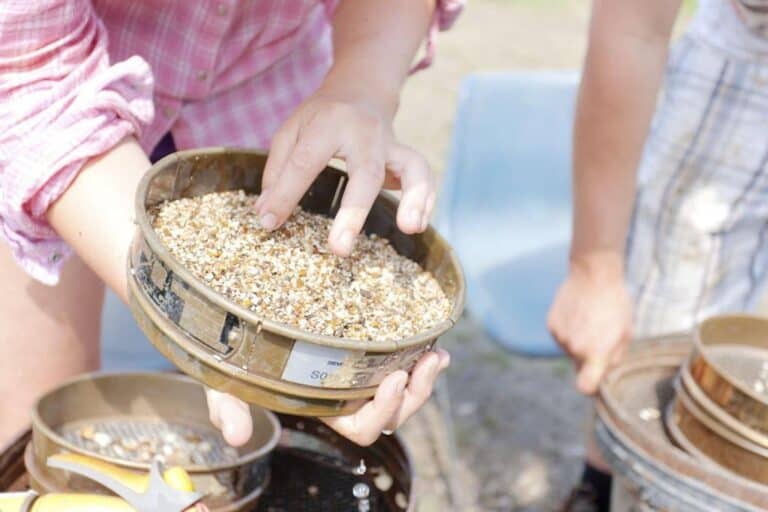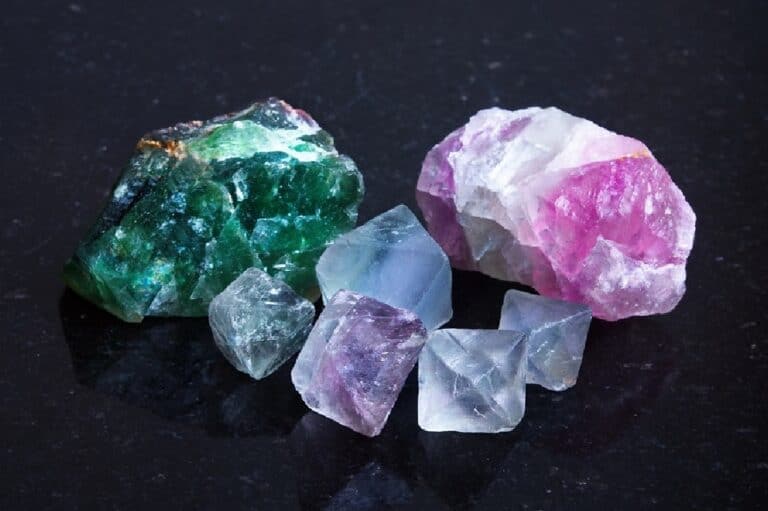Dissolving Rocks to Expose Crystals (Facts You Should Know)
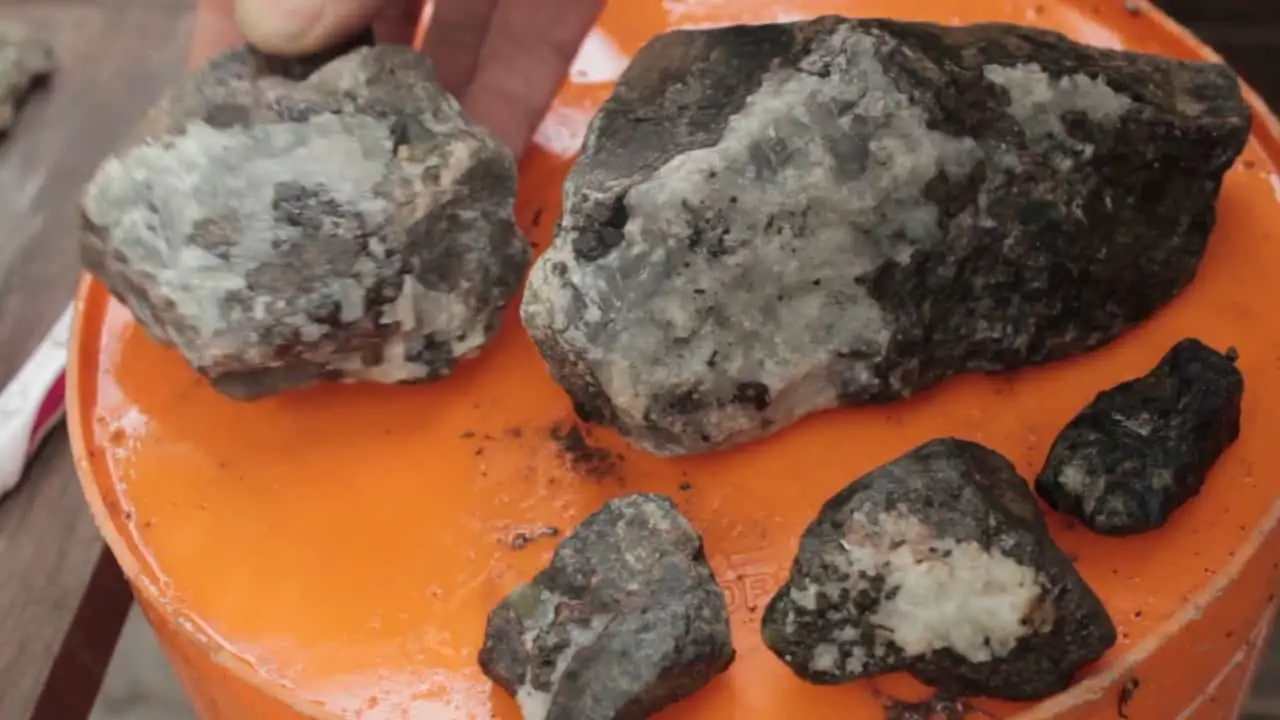
Rocks can be dissolved in various ways to expose the crystals inside. In some cases, rocks can be dissolved with a weak acid, such as vinegar. In other cases, rocks can be dissolved with a stronger acid, such as hydrochloric acid.
The strength of the acid used will depend on the type of rock that is being dissolved. Some rocks are harder than others and will require a stronger acid to dissolve them.
The crystals that are found inside rocks can be very beautiful. They can sparkle and shine in all colors of the rainbow. Some crystals are so large that they can be seen with the naked eye. Others are so small that they can only be seen under a microscope.
The crystals that are found inside rocks come in many shapes and sizes. Some crystals are simple and symmetrical, while others are more complex. Some crystals have sharp edges and others have smooth edges. Other crystals are long and thin and some are short and thick.
Most of the time, the crystals found inside rocks are very fragile. They can break or crumble if they are not handled carefully.
Continue reading the article to find interesting facts about dissolving rocks to expose crystals inside them.
What Is a Rock?
Rocks are one of the most common and important objects on Earth. They can be found everywhere, and make up a large part of the Earth’s surface.
Rock is a generic term that refers to several types of materials. Rocks are made up of minerals, and sometimes organic matter. There are many types of rocks, each with its own unique properties.
The three major categories of rocks are sedimentary, igneous, and metamorphic. Below we will explain briefly each rocks categories.
- Sedimentary rocks are created from sediments such as clay, silt, sand, and organic matter that are deposited in water. These sediments are compacted and cemented together over time to form a solid rock.
- Igneous rocks are formed when magma (molten rock) cools and solidifies. They can be formed from the cooling of lava on the Earth’s surface or from the crystallization of magma underground.
- Metamorphic rocks are formed when pre-existing rocks are subjected to extreme heat and pressure. This causes them to change their texture and composition.
What Is a Crystal?
Crystals are some of the most beautiful and interesting objects in the world. But what are they?
A crystal is a solid material that has a regularly repeating three-dimensional pattern of atoms, ions, or molecules. The pattern is called a lattice.
Most crystals are made of minerals, but there are also synthetic crystals. Crystals can be found in nature or made in a lab. Some everyday examples of crystals include salt, sugar, and ice.
When people talk about “crystal,” they typically mean a mineral that has taken on a crystalline shape. A crystal is a mineral that exists as a single structure rather than being part of a larger aggregated solid, such as a rock.
A crystal is formed by the atoms adhering to an extremely rigid structural lattice, resulting in a geometric, nearly inorganic solid.
Each crystal type vibrates at a slightly different frequency due to its unique chemical structure. These “pleasant vibes” are associated with beneficial life transformations by New Age practitioners.
Crystal vibrations, on the other hand, maybe applied to real-world research. Chemists and geologists are discovering how to make electronic gadgets that rely on these minerals more energy efficient by analyzing crystal vibrations and learning how to manipulate them.
What Chemical Can Soften Rock?
Chemicals can be used to soften rocks. Chemicals can break down the rocks and minerals composing a rock formation.
Acids are the most common type of chemical used to soften rocks. They are used to dissolve the rock and make it easier to break apart. The term “acidizing” is applied to this process.
The type of acid used, the concentration of acid, and the length of time the acid is left in contact with the rocks all play a role in how much damage is done to the formation.
There are a few different acids that can be used, but hydrochloric acid is the most common. Common acids used for this purpose are hydrochloric acid (HCl), hydrofluoric acid (HF), and sulfuric acid (H2SO4).
What Does Soaking a Rock in Vinegar Do?
When it comes to cleaning, vinegar is a powerhouse. Not only is it affordable and effective, but it’s also environmentally friendly. Vinegar can be used to clean everything from countertops and appliances to windows and floors. But did you know that you can use vinegar to clean your rocks, too?
Soaking rocks in vinegar can help remove any build-up of dirt that may be on them. It’s a great way to clean outdoor rocks that have been collecting dirt and dust over time or indoor rocks that have been stained by water or other liquids.
To soak rocks in vinegar, place them in a container or bowl and pour enough vinegar over them to cover them completely. Let them sit for at least an hour, then rinse them with water and dry them off. You may need to scrub the rocks a bit if they are particularly dirty.
For indoor rocks, you can use vinegar to clean them by soaking them in a bowl of vinegar for at least an hour. You can also soak some cotton balls and throw them in the bowl with the rocks. After they have soaked, rinse them off with water and dry them thoroughly.
Soaking a rock in vinegar will not dissolve the rock. Acidity in vinegar is not strong enough to break up the mineral and composition of the rock.
Can You Clean Rocks With Hydrogen Peroxide?
Yes, you can clean rocks with hydrogen peroxide. It is a great way to get rid of any dirt or grime that may be on the rocks.
Hydrogen peroxide is also a natural disinfectant, so it will help to kill any bacteria or germs that may be on the rocks. Just make sure to rinse the rocks thoroughly after cleaning them with hydrogen peroxide.
People have been using hydrogen peroxide to clean for years. It is a great way to get rid of all the dirt and bacteria on a surface.
However, there is some debate over whether it is effective at cleaning rocks. Some people say that it works great, while others say that it doesn’t do anything.
So, can you clean rocks with hydrogen peroxide? The answer is yes – but it depends on the type of rock and how dirty it is. If you are trying to clean a very dirty rock, you will probably need to use a stronger detergent or bleach.
However, if the rock is only slightly dirty, hydrogen peroxide should be able to get the job done. How to Clean Rocks with Hydrogen Peroxide
Here are some tips to help you clean rocks with hydrogen peroxide:
1. Use a Sponge and Water – Dip the sponge into some water, and then use the sponge to wipe off the dirt on your rock.
2. Dip the Sponge into Hydrogen Peroxide – Take a damp sponge and dip it into some hydrogen peroxide.
3. Rub the Rock with the Sponge – Rub the rock using the sponge and then rinse it off, making sure to get all of the dirt off.
4. Wash the Rock with Hydrogen Peroxide – After you have cleaned your rock, rinse it off with some hydrogen peroxide.
5. Dry the Rock – After you have rinsed off the rock, make sure to dry it off and then put it back into its original spot.
6. Repeat Steps 1-5 – When you are done cleaning your rock, make sure to repeat steps 1-5 until all of the dirt is gone.
7. Finally, when you are finished cleaning your rock, put it back where it was and use hydrogen peroxide again to keep the dirt off.
Will Vinegar Damage Crystals?
There is a lot of conflicting information out there about whether vinegar will damage crystals. Some say that vinegar is a great cleaner for crystals and that it won’t cause any damage, while others say that vinegar can actually etch the surface of the crystals and cause them to lose their shine. So, what’s the truth?
No, vinegar will not damage crystals. In fact, vinegar is often used as a cleaning agent to remove dirt and grime from crystals. It is also effective at removing any built-up residue that may have accumulated on the surface of the crystals.
But if you are really nervous that vinegar may ruin your crystal, be sure to test it on a small area first to make sure there is no adverse reaction.
How to Clean Crystals Using Vinegar
To clean crystals, you will want to make sure that the vinegar has completely evaporated. Once this has occurred, wipe the crystals with a dry soft cloth and then rinse them off with fresh water. If any residue remains, repeat the process until all of it is removed. Do not rinse crystals with more than one cup of vinegar at a time.
The vinegar should be diluted in water before you use it on your crystals. This will help to keep them from becoming damaged or discolored.
How to Clean Crystals Using Lemon Juice
To clean crystals using lemon juice, you will need to make a solution of equal parts water and lemon juice. You can either use the juice from one whole lemon, or you can use a bit of the grated zest as well.
The amount of juice you need will be determined by the size of the crystals you are cleaning. If your crystals are small, you will only need about a teaspoon of lemon juice for each quart of water.
If your crystals are larger, you may need to use more. For crystals that are about an inch in diameter, use one-tenth of a cup of lemon juice for each quart of water. For larger crystals, use one-half a cup of lemon juice for each quart of water.
You can also use this mixture to clean your quartz cluster. You can use a toothpick to poke at the crystals and gently remove them one by one.
Likewise, you should also rinse your quartz cluster in pure water, just as you would any other piece of jewelry. The lemon juice will remove any oils and minerals in the quartz.
Final Thought
In conclusion, dissolving rocks to expose crystals is an interesting and easy way to get started in the world of crystal collecting. It can be used to learn about the geological history of an area, as well as to find valuable crystals.
It can also be a great way to find new crystals to add to your collection. So get out there and start dissolving some rocks!

